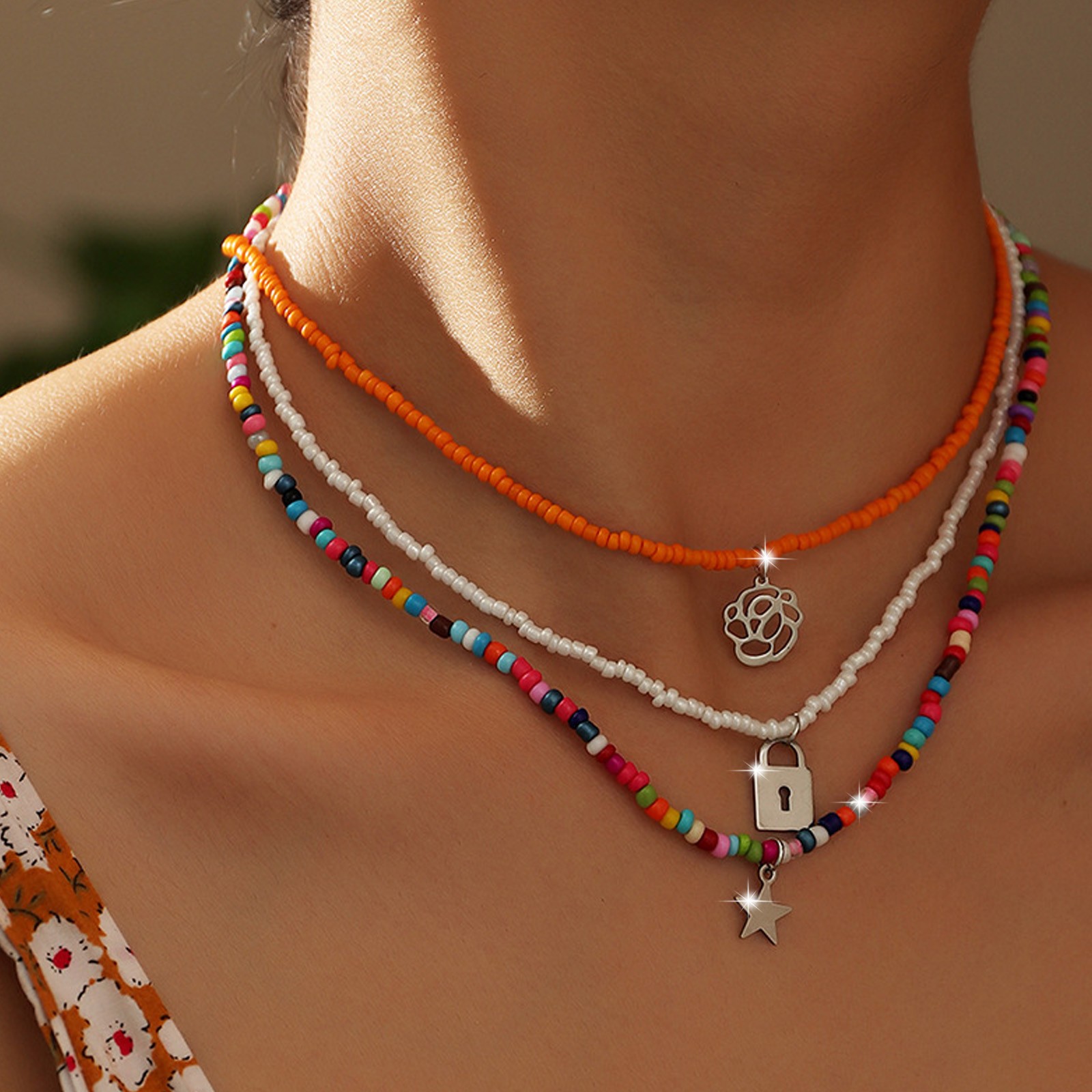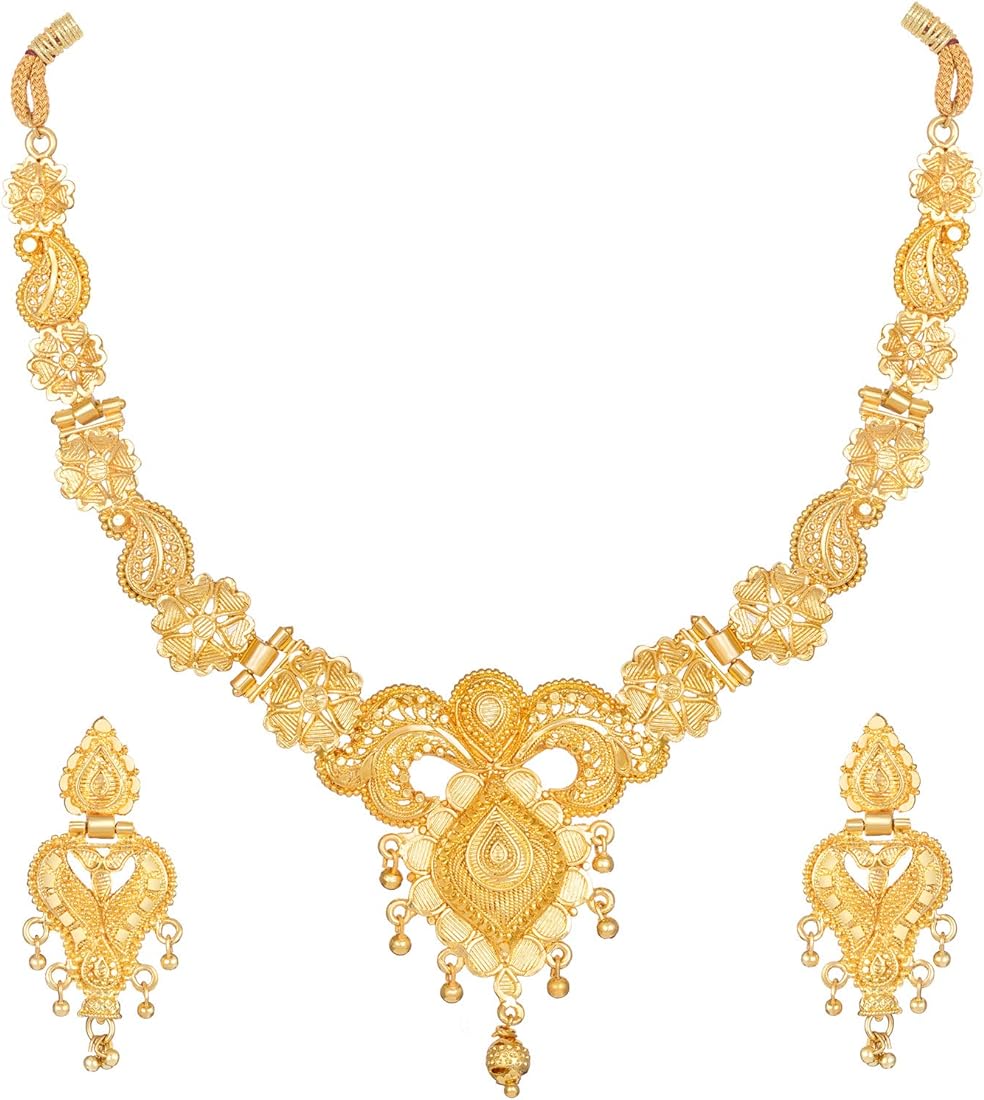How to fix a necklace?
How to fix a necklace? A necklace is a cherished accessory that can complete any outfit. Unfortunately, necklaces can occasionally break due to wear and tear, accidents, or poor craftsmanship. When a necklace breaks, it can be disappointing, but the good news is that many necklace repairs can be done at home with a few simple tools and techniques. In this comprehensive guide, we will explore step-by-step methods for fixing common necklace issues, including broken chains, clasps, or pendants. By following these guidelines, you can confidently repair your broken necklace and continue to enjoy its beauty.
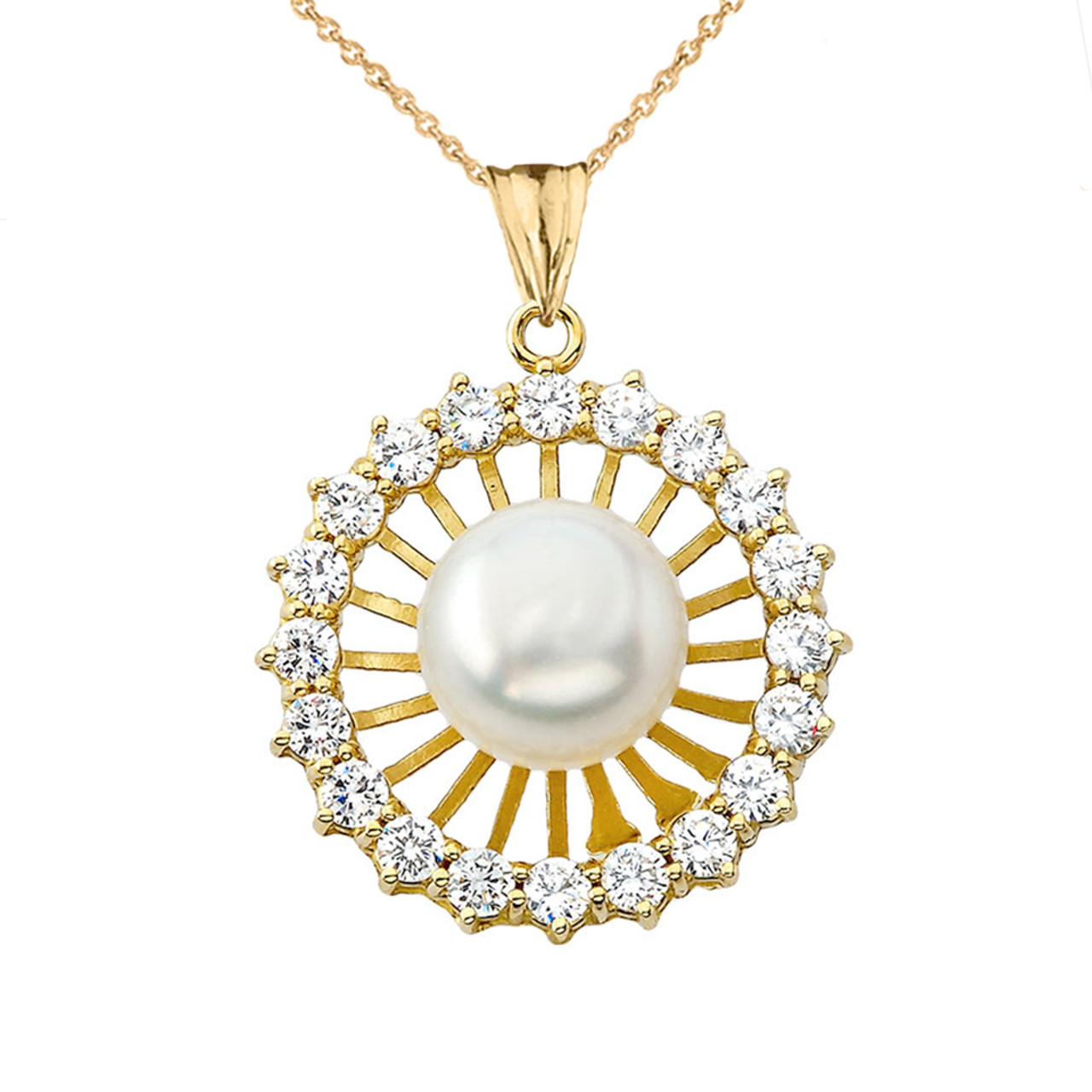
Assessing the Damage:
Before embarking on a necklace repair, it’s important to assess the damage and determine the necessary steps for fixing it. Common issues include broken chains, detached clasps, missing jump rings, or damaged pendants. Take a close look at the moissanite necklace to identify the problem and plan the appropriate repair method.
Gathering the Tools:
To fix a necklace, you will need a few essential tools. Consider having the following tools readily available:
- Needle-nose pliers: These pliers have long, thin jaws that allow for a precise grip and manipulation of small components.
- Wire cutter: A wire cutter is used to trim or cut broken necklace chains or jump rings.
- Jewelry glue or epoxy: A strong jewelry adhesive is useful for repairing certain necklace components, such as broken pendants or attaching small parts.
- Replacement components: Depending on the specific repair needed, keep spare jump rings, necklace extenders, or matching clasps on hand.
Repairing a Broken Chain:
A broken chain is one of the most common necklace issues. Follow these steps to repair a broken chain:
- Gather the broken ends of the chain, ensuring that all the chain links are intact.
- Using needle-nose pliers, gently separate the last link on one side of the chain.
- Insert the opened link through the last link on the opposite side of the chain.
- Close the link by squeezing it shut using the pliers, ensuring a secure connection.
- Use jewelry glue or epoxy for added reinforcement, applying a small amount to the repaired link. Allow the adhesive to dry completely before wearing the necklace.
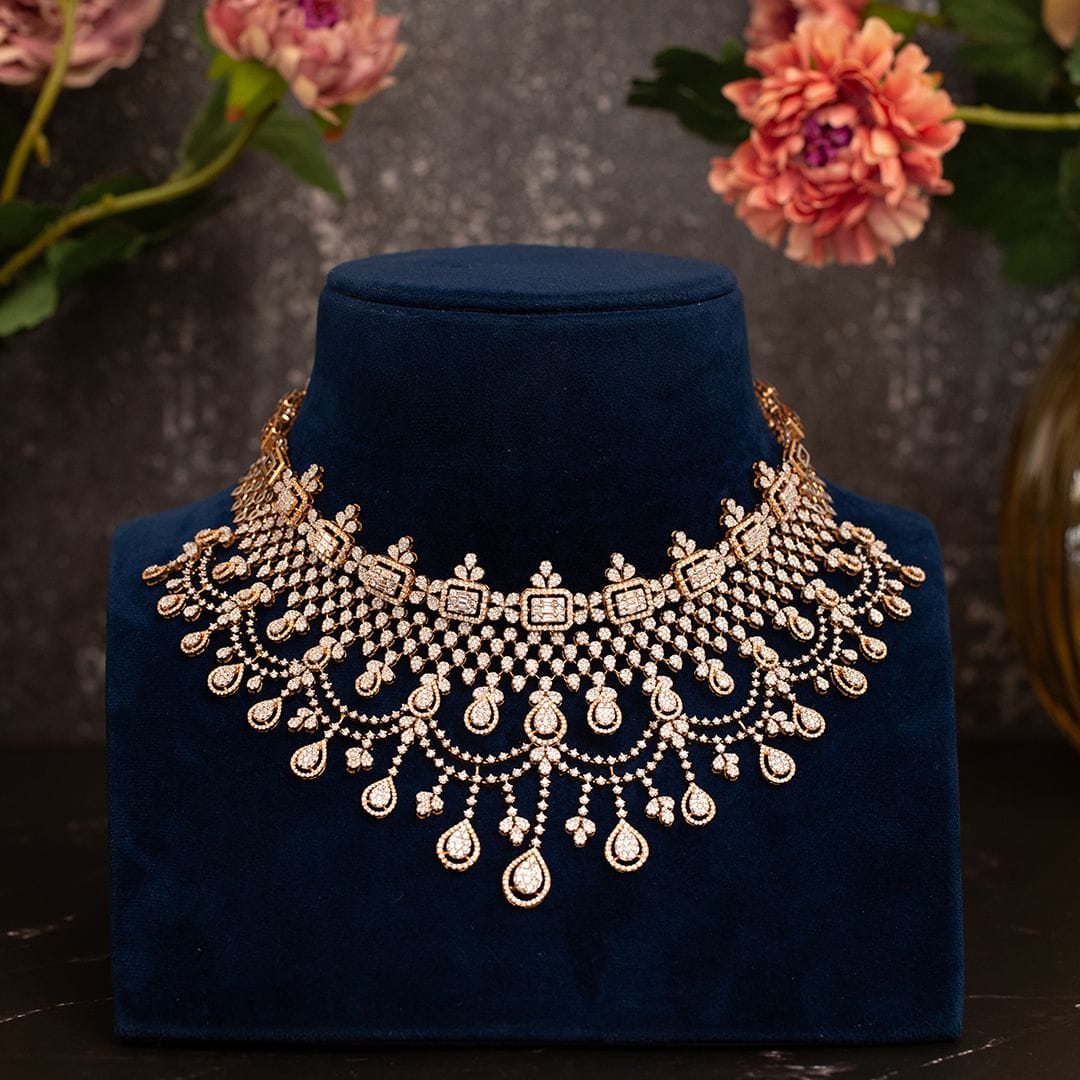
Fixing a Detached Clasp:
A detached clasp can render a necklace unusable. Follow these steps to reattach a clasp:
- Examine both ends of the necklace chain and the clasp. Identify the jump rings or split rings that connect the clasp to the chain.
- Use needle-nose pliers to open the jump ring or split ring by gently pulling apart the ends.
- Insert one end of the clasp into the opened jump ring or split ring.
- Realign the ends of the jump ring or split ring and close it using the pliers, ensuring a secure connection.
- Check the clasp’s functionality by opening and closing it to ensure smooth operation.
Repairing a Pendant or Charm:
A broken pendant or charm can be disappointing, but it is often repairable. Follow these steps to fix a broken pendant or charm:
- Assess the damage and determine the appropriate repair method. If the pendant or charm has a small loop or bail that is broken, it may need to be replaced.
- If the loop or bail is intact, reattach the pendant to the pearl necklace using a jump ring or split ring. Open the jump ring or split ring with pliers, attach it to the pendant’s loop or bail, and then attach it to the necklace chain.
- If the loop or bail is broken, consider using jewelry glue or epoxy to affix the pendant or charm directly to the necklace chain. Be sure to follow the manufacturer’s instructions on the adhesive used.
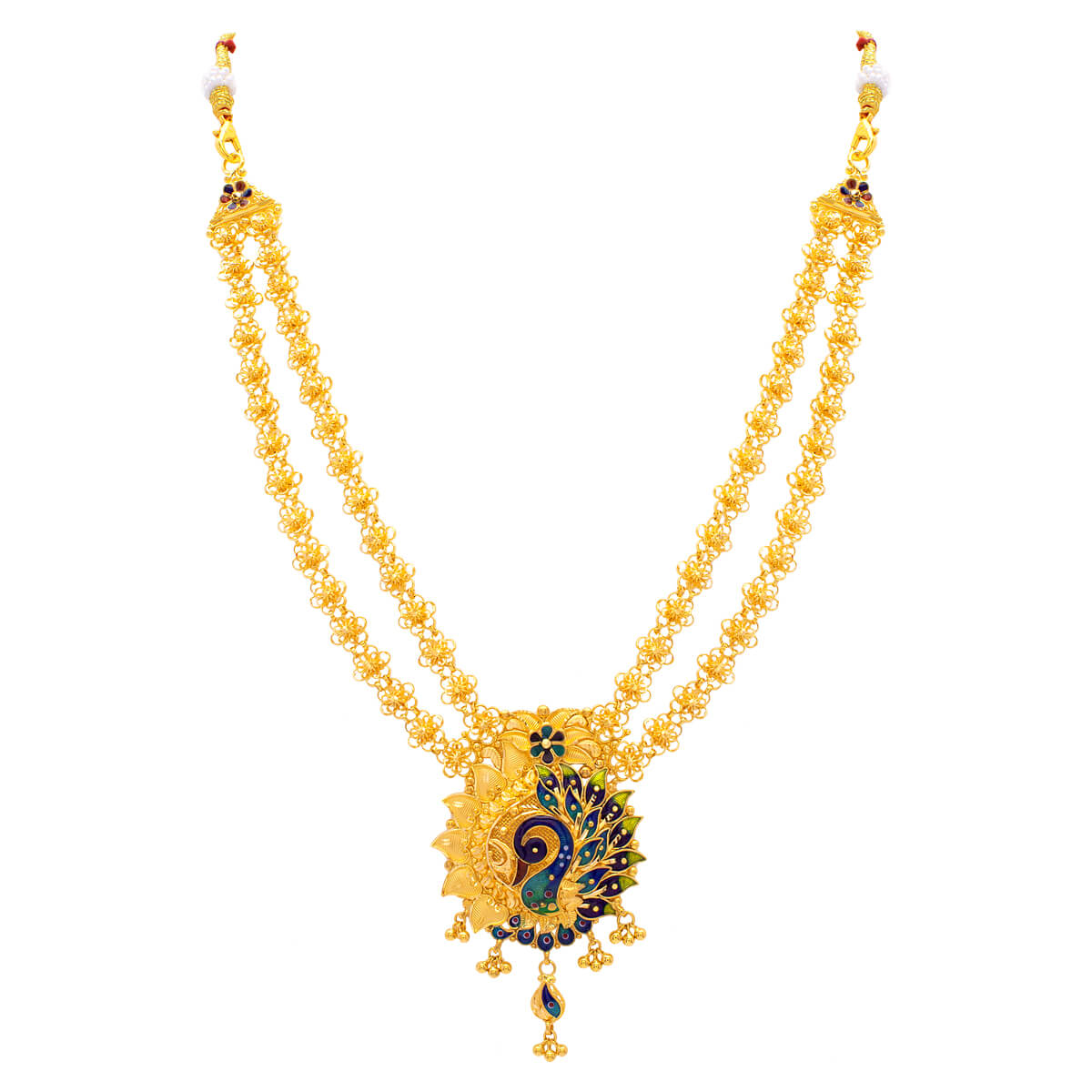
Adding a Necklace Extender:
In some cases, a necklace may be too short or ill-fitting. To add versatility or adjust the length of a necklace, consider using a necklace extender. Follow these steps to add a necklace extender:
- Assess the desired length and style of the necklace extender. Choose an extender with a matching finish and design to the necklace.
- Use pliers to open the jump ring or split ring at one end of the extender.
- Attach the jump ring or split ring to the clasp or last link of the necklace chain.
- Close the jump ring or split ring with pliers, ensuring a secure connection.
- Adjust the length of the necklace using the additional chain links on the extender as needed.
Seeking Professional Help:
In some cases, necklace repairs may require specialized tools, materials, or techniques. If you are uncertain about how to fix a particular issue or if the necklace possesses sentimental or monetary value, it may be best to seek professional assistance from a jeweler or jewelry repair specialist. They have the expertise and tools to handle delicate repairs and ensure the necklace’s integrity.
What are the styles of necklace?
Necklaces are versatile accessories that add elegance, personality, and charm to any outfit. From delicate chains to statement pieces, beaded necklace come in a wide variety of styles to suit different tastes, occasions, and preferences.
Chain Necklaces:
Chain necklaces are classic and versatile options that can be worn alone or with pendants and charms. These necklaces consist of metal links connected together to form a chain-like structure. Different types of chain necklaces include:
- Cable Chains: This basic chain style features interlocking oval links, providing a sleek and understated look.
- Figaro Chains: Figaro chains alternate small and large links for a unique and interesting design.
- Rope Chains: Rope chains consist of twisted or braided links that resemble the texture of a rope, creating a classic and sophisticated look.
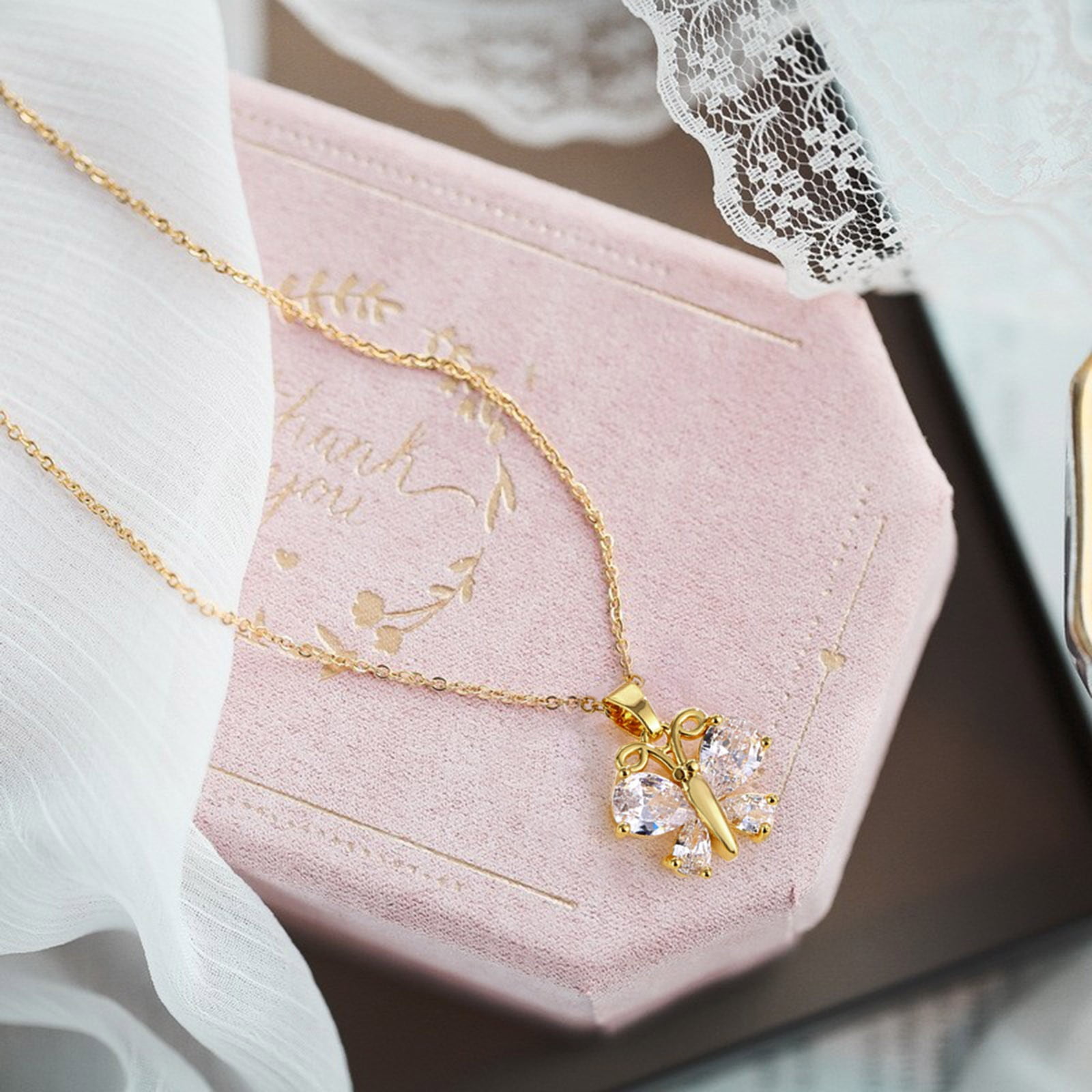
Pendant Necklaces:
Pendant necklaces feature a hanging centerpiece, known as a pendant, which adds visual interest and focal points to the necklace. The pendant can be made of various materials and can come in different shapes and sizes. Common pendant necklace styles include:
- Solitaire Pendant: This style features a single gemstone or pearl suspended from a chain. It creates an elegant and timeless look.
- Heart Pendant: A heart-shaped pendant symbolizes love and is a popular choice for romantic and sentimental occasions.
- Locket Pendant: Lockets are pendants that open to reveal a space for holding a small photograph or keepsake. They add a personal touch to the necklace and can be heirloom pieces.
Statement Necklaces:
Statement necklaces are bold, eye-catching pieces that serve as the centerpiece of an outfit. They are designed to make a statement and draw attention. Statement necklaces may feature large gemstones, intricate designs, layered chains, or unique shapes. These necklaces are ideal for special occasions or to add a touch of glamour to a simple ensemble.
Conclusion:
Repairing a broken necklace is a rewarding task that allows you to restore a beloved accessory to its former glory. By carefully assessing the damage, gathering the necessary tools, and following the step-by-step methods outlined in this comprehensive guide, you can address common necklace issues such as broken chains, detached clasps, or damaged pendants. Remember to exercise patience and precision during the repair process. However, some repairs may require professional assistance, especially if the necklace has sentimental or monetary value. With proper care and maintenance, your repaired necklace will continue to dazzle and complete your outfits for years to come.
